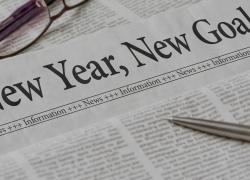Are you a small business owner, entrepreneur, or an established CEO of a corporation? If you’re a key decision-maker at your company, I’m sure that at one point or another—or even right now—you’ve had to deal with the daunting task of creating your brand identity (with a little help from the executive team, of course).
There are certain things that you can get for a bargain, like apples or socks; however, with branding, if you see a price tag that seems too good to be true, that’s probably the case. More often than not, brands with cheap logos struggle to establish their brand presence due to a lack of having an iconic, personalized logo that resonates with their customers.
For example, a Medium article dives into the scams of sites like Fiverr. This blogger decided to make a fake company and hired 3 designers to create a logo for it. He found that 3 out of 5 of the submissions were stock photos or stolen work. Not only were these logos rip-offs of other designers, but none of them helped to effectively tell the brand’s story, making them a waste of both time and money for the “company.”
Creating (or re-branding) a brand takes a lot of diligence, passion, internal reflection, and of course, money. When it comes time to crunch the numbers, a cheap logo may seem like a good option, but it’s not very cost effective. I’m here to tell you why.
First, let’s talk about what a brand identity is:
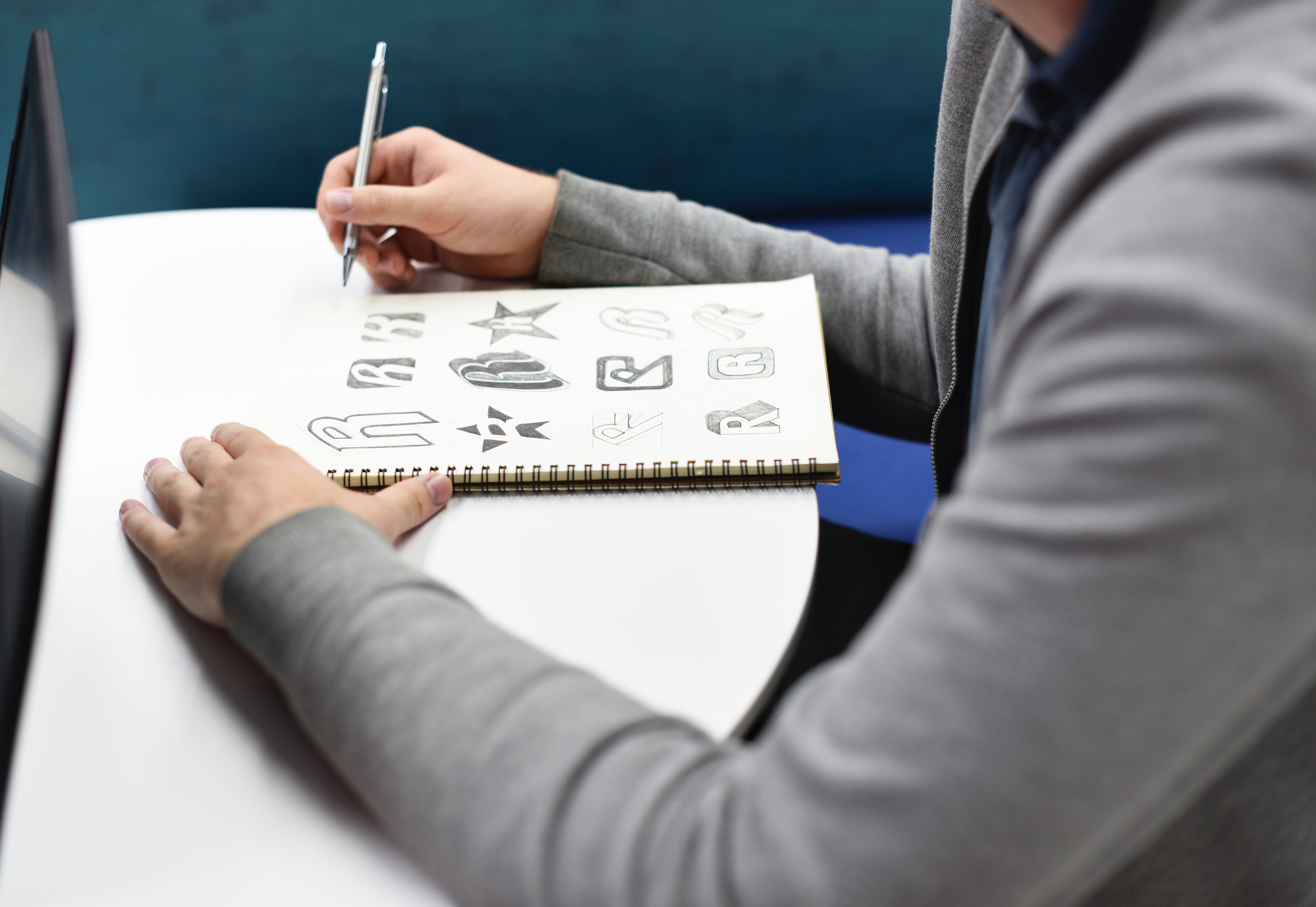
Brand identity goes beyond your logo. It’s about your voice, culture, purpose, style, and much more, but above all, it’s what makes your brand unique.
Some key elements to keep in mind while branding your business are:
Brand Messaging
It would be impossible for you to always be face-to-face with potential clients to explain to them why your company is the best solution for their problem, which is why it’s imperative that you define who you are in your brand messaging to attract ideal customers. If you want your brand to be cheeky, elegant, fun, serious, or otherwise, that can be achieved with your brand’s voice, look, and feel.
With so many platforms available to express yourself on, being consistent is crucial for gaining brand awareness. Seeing as you can’t control the font options or color choices on social media, your voice is going to be a guiding factor. It’s important to establish how you want your brand to be expressed and talked about—this speaks both internally and externally.
The power of marketing has shifted to the consumer, so you want your messaging to clarify what you stand for and why customers should become brand advocates. If they don’t relate to what you are posting on social media, they will lack the motivation to engage with or share what your brand has to say. By giving your company a voice, you allow others to connect with you, therefore expanding your organic reach.
The biggest advocates for your brand are going to be your employees, so it’s important that they feel comfortable talking about your brand. By establishing brand messaging, you will help your employees sell your products or services because they have clear, concise messaging that they can utilize for that purpose.
Look and Feel
Now that we’ve established the importance of brand messaging, let’s get to my favorite part of branding: the visuals.
When it comes to branding, you have to consider typography, photo treatments, color palette, and style, among many other things. It’s important to establish all of these elements because they contribute to other visual aspects of your company.
Your logo should be used as a starting point for your branding, but it shouldn’t stop there.
Logos are only a small part of a much bigger picture. Your brand was made to solve a unique problem, so your logo should be unique to you
A downside to not having a custom logo is responsiveness: most logos come with a variety of ways to use them. Whether it’s for a business card, website, flyer, or my personal favorite, branded swag, if you only have one version of your logo, it’s going to be difficult to implement it across all platforms and still have it look good.
Branding is all about the initial gut feeling that customers get from your company. You have to attract your customers, and having a custom logo made for your company is the best way to give your company the face it deserves.
How much should you budget for a logo?
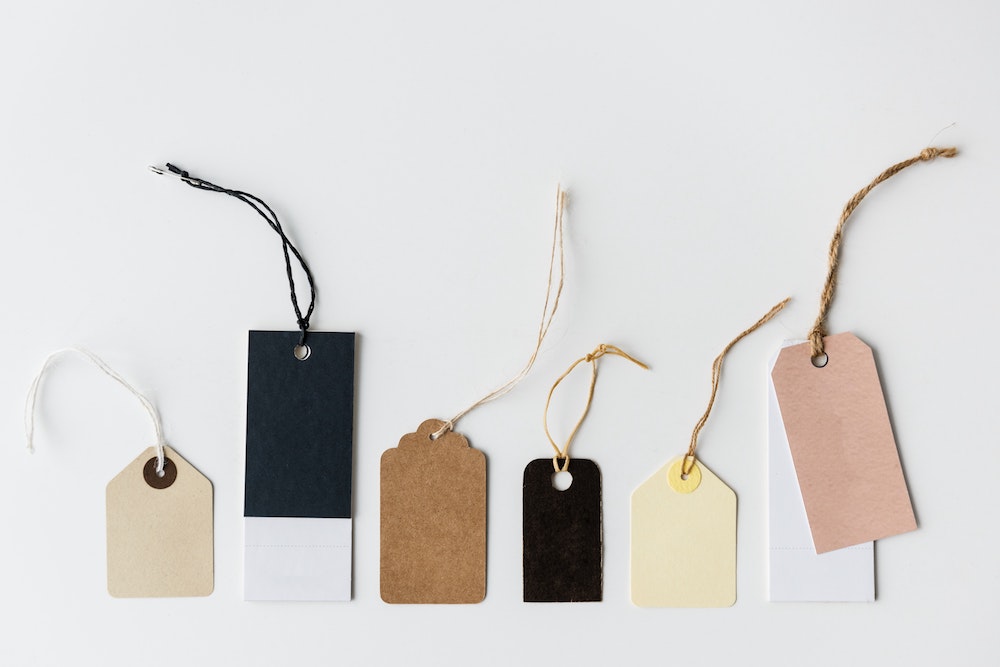
Your brand budget is really going to depend on who you know design-wise and what size your business is.
A lot of the time people think making a logo is a quick and easy process. They’ll say things like, “it’s just an icon” or, “it’s just a little illustration.” But the truth is, minimalism is very tricky. When you only have one symbol to represent an entire brand, it’s more than “just an icon.”
When you invest in a logo, you want it to resonate with your ideal customers and to stand the test of time, so it’s best to avoid doing “trendy” logos or marks.
While prices aren’t a guaranteed factor that your logo will be beautiful and reflective of your brand, the process and quality of work are two things that you can control. It’s important to find a designer or agency who understands the value of what your company stands for and the message you are wanting to get across to consumers. You want to work with someone who will find a solution to your problem, not just present you with options.
Let’s take a look at what some major companies have paid for a logo, going from low to high spending budgets:

COCA-COLA:
Logo: $0
This company has had the same logo since 1886. Coca-Cola really lucked out with this because their logo was created by its founder’s partner and bookkeeper, Frank M Robinson, who wanted to use two words that started with the same letter because he thought it would be better for marketing due to the alliteration being memorable. Way to go, Frank—you hand-lettered the logo for one of the most recognizable brands of all time!

TWITTER:
Original Logo: $15
When Twitter first came out, they decided to look for a symbol on iStockphoto and purchased the infamous blue bird for only $15. Twitter went through a little rebranding in 2012 to update the bluebird to the version we know and love today. They wanted to create a logo based on circles to reflect how consumers circles interconnect. (A bit of a stretch, but we’ll give it to ya, Twitter.) It’s important to note that the the cost for the newer iterations of Twitter’s logo were significantly higher as they were designed in-house, so updating the quality of the logo was worth more than $15.

NIKE:
Logo: $35
Phil knight, the founder of Nike, hired a student named Carolyn Davidson back in the 70’s to help him with some minor work for the company and eventually asked her to create a logo for Nike. The logo was stemmed from the idea of the Greek Goddess of Victory, Nike, and her iconic wings which inspired the shape of the Nike swoosh. In the beginning, he didn’t like the logo and hoped that “it would grow on him.”
I think that the brand has grown on quite of few people since then, and Phil Knight does, too. In fact, years after the logo was created, he wanted to thank Davidson for her contribution to the global growth of the company by honoring her as one of the key minds of Nike. On top of that, he also held a surprise party for her where she was awarded 500 shares of Nike (at that time, the price of the shares was at $18,000 of the present dollar rate).
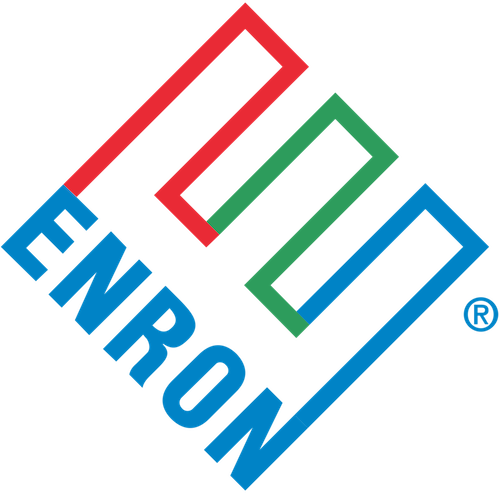
ENRON:
Logo: $33,000
Enron was founded in 1985 when two companies, Houston Natural Gas and InterNorth, merged together to create an American energy company. During the merger, they hired designer Paul Rand—who went on to create logos for ABC, IBM and UPS—to create a custom logo for them. While the company is no longer around, their demise was not caused by a shoddy logo (fortunately), but was due to their huge scandal in the 2000’s.
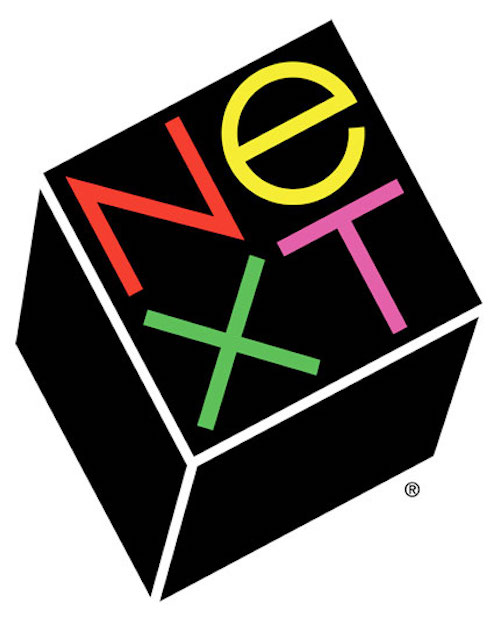
NeXT:
Logo: $100,000
Paul Rand was also hired to create this brand’s logo in 1986 for Steve Jobs—talk about an unstoppable duo of powerful, creative minds. NeXT was the first computer company that Steve Jobs tried to launch; it specialised in computer software for higher education and business industries. Paul Rand, along with the logo, created a 100-page presentation to walk the reader through his step-by-step conceptual process.
Fun Fact: Paul Rand was known for his concept books because he thought that they helped persuade the client that his direction was the best one for the company to go in.
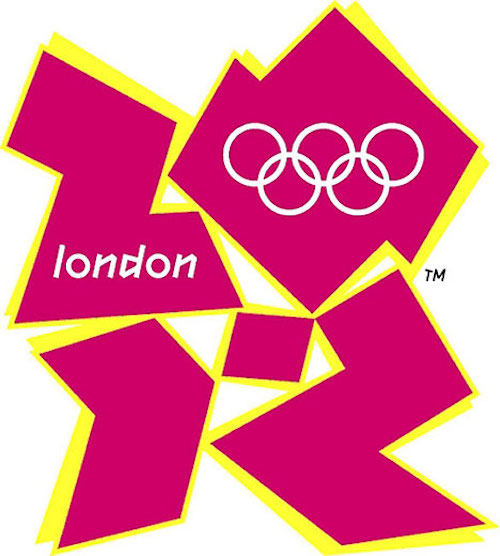
2012 LONDON OLYMPICS:
Logo: $625,000
This logo was designed by Wolff Olins in 2007 and was praised by the executives for being “unconventionally bold and trendy.” However, despite the executive team’s positive feedback, this logo is one of the most-critiqued logos of its decade: even though it cost a pretty penny, it was often called sloppy, and the public hated it.
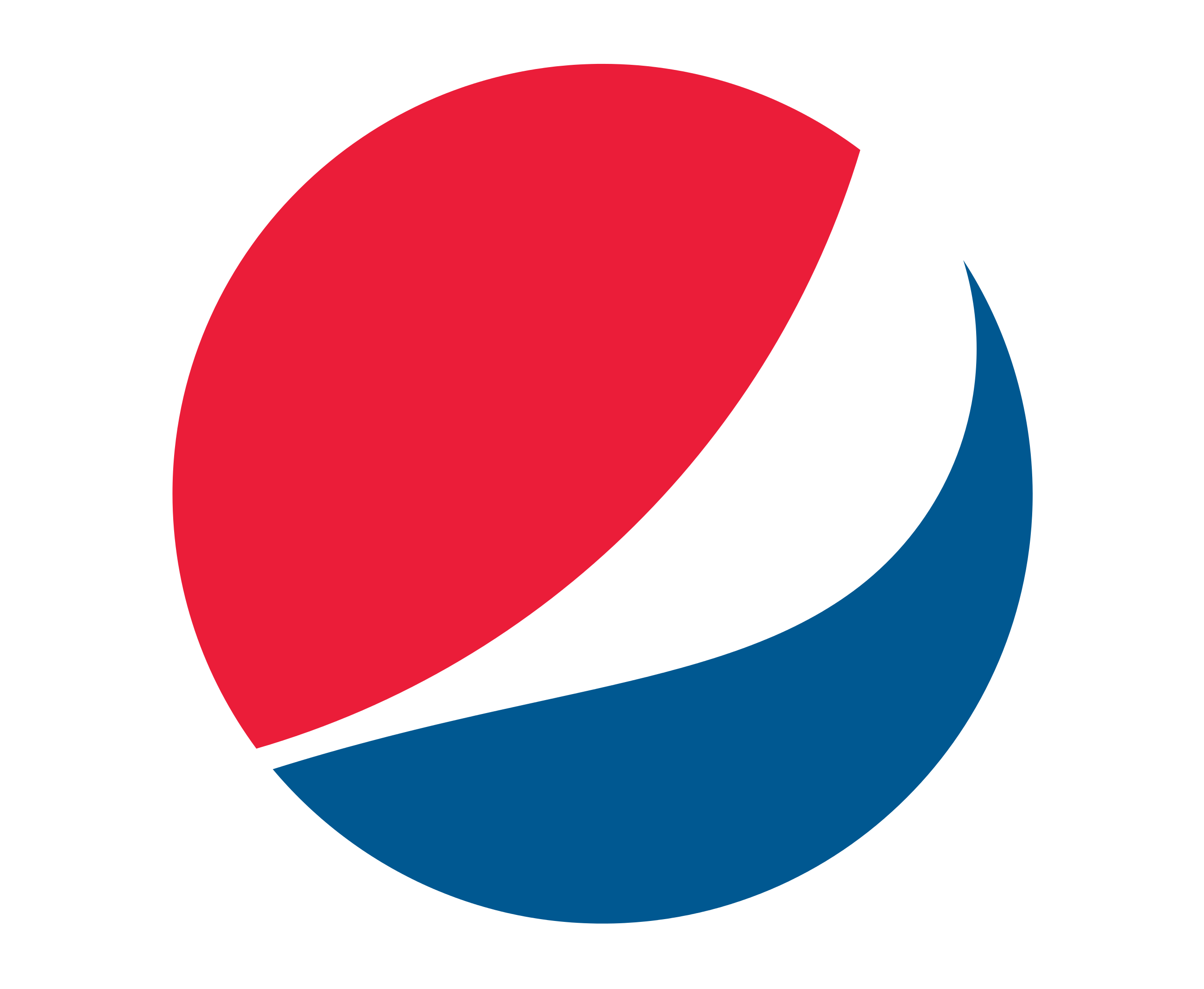
PEPSI:
Logo: $1,000,000
Yup, you counted the right amount of zeros on that one. Pepsi pumped $1 million dollars into rebranding their product design in 2008 from a straight-across wave to a “hidden smile.” The rebrand was done by a New York-based agency called Arnell Group; this included a branding package that cost the entire company about $1.2 billion over 3 years. Even with pouring millions of dollars into their product, Pepsi still hasn’t achieved the timeless recognizable branding of its biggest competitor, Coca-Cola.

BP
Logo: $211,000,000
Agency Ogilvy & Mather worked on branding for BP in 2001, and the logo was designed in 2008. BP wanted to differentiate themselves by being seen as an energy company that spoke to the public’s environmental concerns. Their logo did a nice job of capturing that message until the giant BP oil spill, which is still haunting the company’s reputation today.
What are your options?
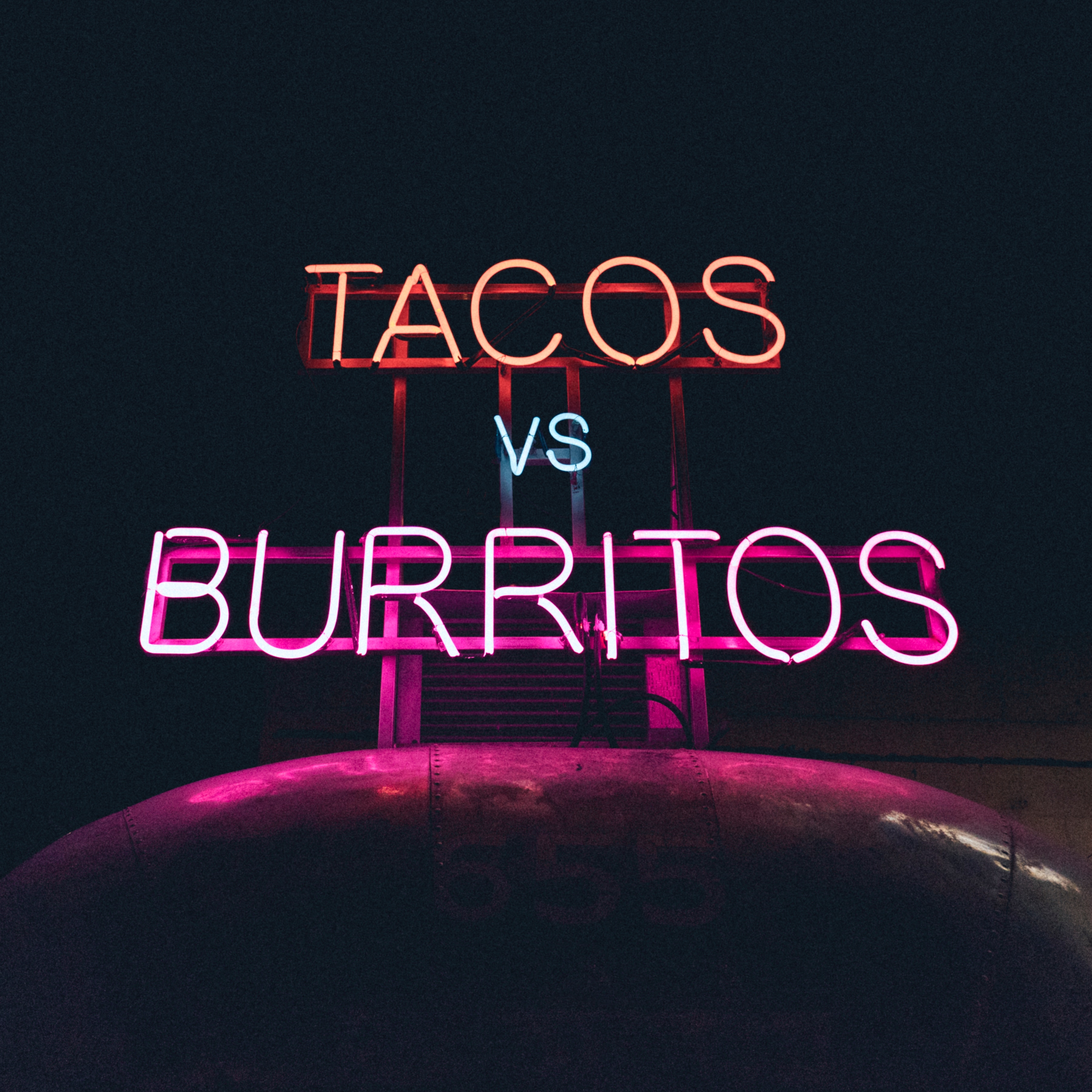
As you can tell, it’s hard to put a price on a logo because the cost and potential brand success are not related whatsoever. However, it’s still wise to invest in your branding as it’s the most accessible part of your company.
Finding the right designer to take on this challenge can be difficult, but there are a few avenues that your company can explore to find your way to brand paradise.
But first, let’s just get this out of the way...
Do NOT ask for Spec Work
As defined by nospec.com, “spec work is any kind of creative work, either partial or completed, submitted by designers to prospective clients before designers secure both their work and equitable fees.”
Imagine going to a restaurant, ordering your food, and when they bring you the bill, telling the server, “well, it’s not quite what I was looking for, so I’m not going to pay for my meal.”
That would be absurd, so why should making a logo be any different?
If you post on your company’s Facebook page that you are looking to rebrand your company, so you want people to send submissions to example@email.com, and you will give the winner a “prize”—or worse yet, “exposure”—you won’t get any truly unique or high-quality logos as a result. Also, most serious designers avoid anything that remotely resembles spec work, meaning you’re already lowering the bar for what level of quality you’ll receive.
Branding is not meant to be a competition; it should be a collaboration.
Instead of pitting unqualified designers against each other in order to get the lowest cost, take a look at these other, better options:
In-house:
Some of the major companies listed earlier lucked out because they had the talent to do their branding in-house. This task shouldn’t be given to someone internally unless they are a designer—don’t let someone in your company who has a “passion for art” do your rebranding. Enjoying art and having a design degree are two totally different things, and the end result will show it.
A downside to in-house branding is that you are only getting the biased perspective of your company, so your designs could end up speaking to you but not necessarily to your audience.
Freelance:
Freelancers typically come in two varieties...
The full-time freelancer: their career is being a freelancer, so they take in clients, have schedules and deadlines they have to meet, and typically charge a little extra per project. (The price hike in this kind of freelance work is because they file as a W9, so they include taxes in their pricing.)
Full-time freelancers typically charge between $1,500 to $3,000
The part-time freelancer: the casual freelancer who has a separate full-time job but will take on projects to complete in their free time.
So called part-time freelancers typically charge between $900 to $1,500
In either case, you have to look at them as real businesses. Freelancers are typically more flexible but not always as dependable as other alternatives. Another downside to freelancers is that they are normally a one-man band: even though they may have an amazing portfolio, they might not have all of the resources available to really dive deep into why your brand is unique.
Design Agency:
Agencies can be quite a bit more expensive, but they have a lot of resources at hand to build you a truly unique logo. It’s important to work with an agency that you feel understands your brand and is easy to communicate with.
The downside to agencies is usually the cost, but as the old saying goes, “you get what you pay for.” Their ability to dedicate more time, talent, and resources to your brand usually results in higher-quality work.
Design agencies very greatly in size and process, so the typical budget range varies greatly usually falling somewhere between $10,000 and $50,000.
Herosmyth has created a new option for entrepreneurs
When we created a new kind of marketing agency for small business, we knew we need a better solution for logo designs. Freelancers can frankly be unreliable and typical design agencies are too expensive for small businesses. At Herosmyth, you can collaborate directly with a designer to create a custom logo for just $399!
More About Our Branding Process:
Typically, we start out with our proprietary 3 Secrets to Creating a Magnetic Brand workshop. This is a half-day workshop where we meet with the executive team of a company to go in-depth about what makes them different from their competitors. The workshop influences our design work: by allowing us to learn everything we can about your brand’s values, culture, and what makes it unique, we can truly become experts on your brand.
Then, we start doing our customer research. More often than not, customers have a different idea of what makes a brand unique than the company’s internal stakeholders. The research process we’ve designed allows us to do a side-by-side comparison of how your customers feel about you versus how you feel about your company. Finding that overlap is essential in creating a brand that attracts ideal customers.
Finally, we begin the design phase where we incorporate the internal and external values of your brand and use that to fuel the design.
Each agency will have their own way of doing things, but at the end of the day, you really want to work with a company that is going to give you more than “just an icon.” If there isn’t solid research and meaning behind your new logo’s design, it’ll fall flat, no matter how little or much money you spend on it.
Bottom line:

Think of branding like buying a pair of shoes—although one is for comfort and the other for attracting ideal customers, either way, it is an investment. At the store, it might be tempting to buy the less expensive shoes, but 30 minutes into wearing them, your feet will be demanding to know why you went with the cheap option instead of the better one.
Branding is all about creating a clear and concise message that resonates with your potential customers or clients. It should be authentic, responsive, and, of course, unique to you. Investing in your brand is essential for creating brand recognition and loyal brand advocates, and part of that is getting the best logo design for your brand—and not just the “good enough” one.
So, while you could spend only $5 on a logo, you would have a lot more to lose than a few bucks: your reputation, brand personality, and customer attraction are all on the line.
If you’re ready to take the leap and brand—or rebrand—your business on a foundation of quality, research, and deep understanding, contact us to get started.




